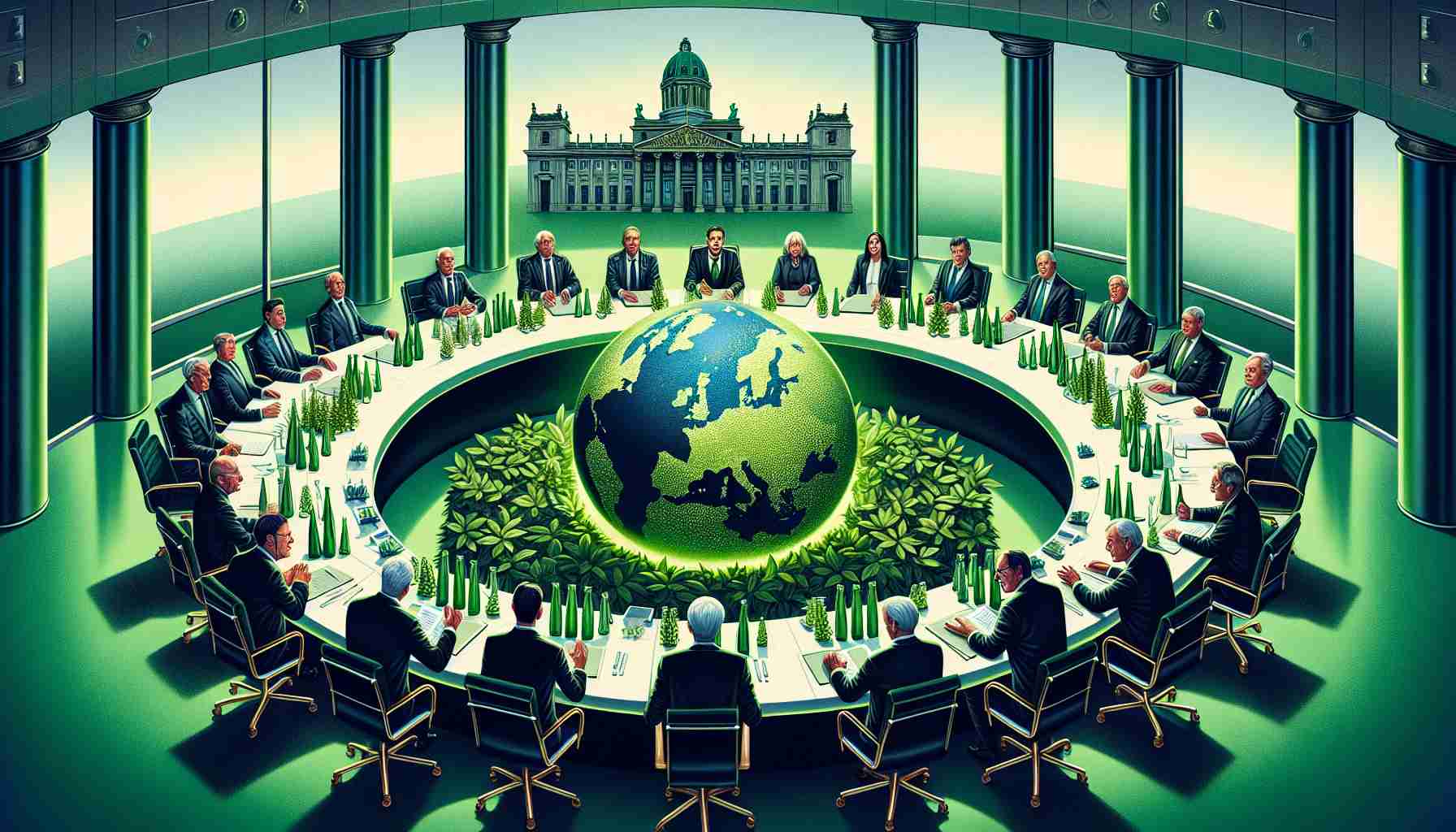
Are the rich ready to finance a greener future?
In a bold assertion, Frans Timmermans, the former European Commission vice president, argues that affluent individuals must shoulder a larger share of the costs associated with the European Union’s Green Deal. This initiative aims for a major shift towards sustainable energy, targeting a 55% reduction in greenhouse gas emissions by 2030 and aspiring to achieve carbon neutrality by 2050.
As the EU grapples with increasing public dissent over various green policies, from energy-efficient heating systems to electric vehicle targets, Timmermans emphasizes the importance of a solidarity framework. Without such a system, he warns, citizens may reject ambitious environmental measures. Many wealthier individuals have adopted clean energy solutions, while those from lower-income backgrounds often face constraints, reducing their carbon footprints not out of choice, but necessity.
In terms of financial commitment, a recent report from Bruegel underscores the staggering investment required for the EU to meet its targets—approximately 1.3 trillion euros ($1.4 trillion) annually until 2030, escalating to 1.54 trillion euros ($1.59 trillion) for the years leading up to 2050. As the dialogue around funding the green transition intensifies, the question remains: will the rich contribute adequately to ensure that a sustainable future is accessible to all?
Wealthy Individuals: The Key to a Sustainable Future?
The Financial Responsibility Behind the EU’s Green Deal
With the ambitious goals outlined in the European Union’s Green Deal, the topic of who finances this transformation is crucial. Recent discussions led by Frans Timmermans, the former vice president of the European Commission, bring attention to the role of affluent individuals in contributing to a greener future. The EU aims to achieve a 55% reduction in greenhouse gas emissions by 2030 and carbon neutrality by 2050.
The Need for Solidarity
Timmermans emphasizes the need for a solidarity framework that can balance the financial burdens placed on different economic classes. As the wealthiest have started to invest in sustainable solutions, many lower-income individuals are left with fewer options to reduce their carbon footprints. This disparity could lead to significant resistance against progressive environmental policies if not addressed.
Financial Commitment: A Gut Check
The EU faces an estimated investment requirement of 1.3 trillion euros ($1.4 trillion) annually until 2030, which will increase to 1.54 trillion euros ($1.59 trillion) leading up to 2050, according to a report from Bruegel. As the discussion around funding intensifies, it poses a significant question: Are the wealthy ready to invest appropriately in these initiatives?
Pros and Cons of Wealthy Contributions
Pros:
– Greater funding could accelerate the transition to sustainable technologies.
– Rich individuals drive innovation by investing in renewable energy projects.
– Increased social equity through targeted programs benefiting lower-income households.
Cons:
– Wealthy individuals may prioritize profit over genuine sustainability.
– Heavy reliance on the affluent could stall progress if they choose not to contribute.
– Potential backlash from the public if perceived as a tax burden on the rich.
Innovations in Green Financing
As the EU pushes for a more sustainable approach, there are emerging trends in green financing. Impact investing and green bonds are gaining traction, where affluent individuals can invest in projects that contribute to environmental sustainability while receiving a financial return.
Market Analysis and Predictions
Looking ahead, the demand for green technologies and sustainable products is expected to rise significantly. Market analysts predict that by 2025, investment in renewable energy sources will surpass investments in fossil fuels, leading to a potentially transformative shift in how energy is accessed and consumed across Europe and beyond.
Security Aspects and Sustainability Concerns
Additionally, there is an increasing focus on the security aspects related to green technologies. Ensuring that renewable energy projects are resilient against climate-related threats is paramount. Sustainable practices must also consider potential competition for resources and the impact on biodiversity.
Conclusion
In summary, the future of the EU’s Green Deal hinges on the commitment from both public and private sectors, particularly the wealthy. As the landscape shifts toward a greener economy, collective action supported by innovative financial solutions and a strong solidarity framework will be essential to achieving lasting change and equity in the green transition.
For more insights on sustainability and green policies, visit European Union’s official website.



